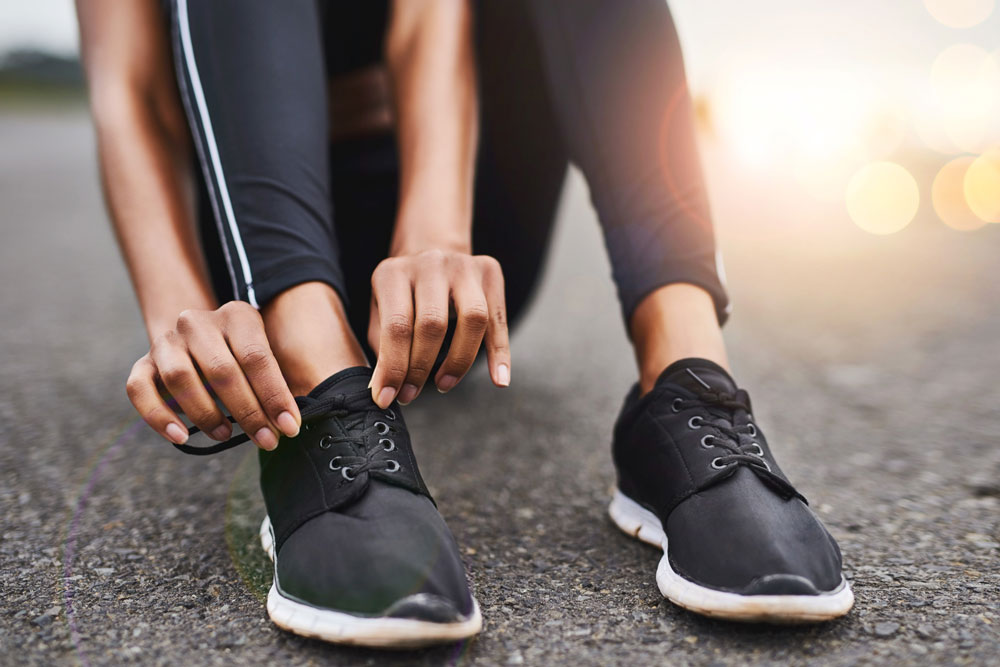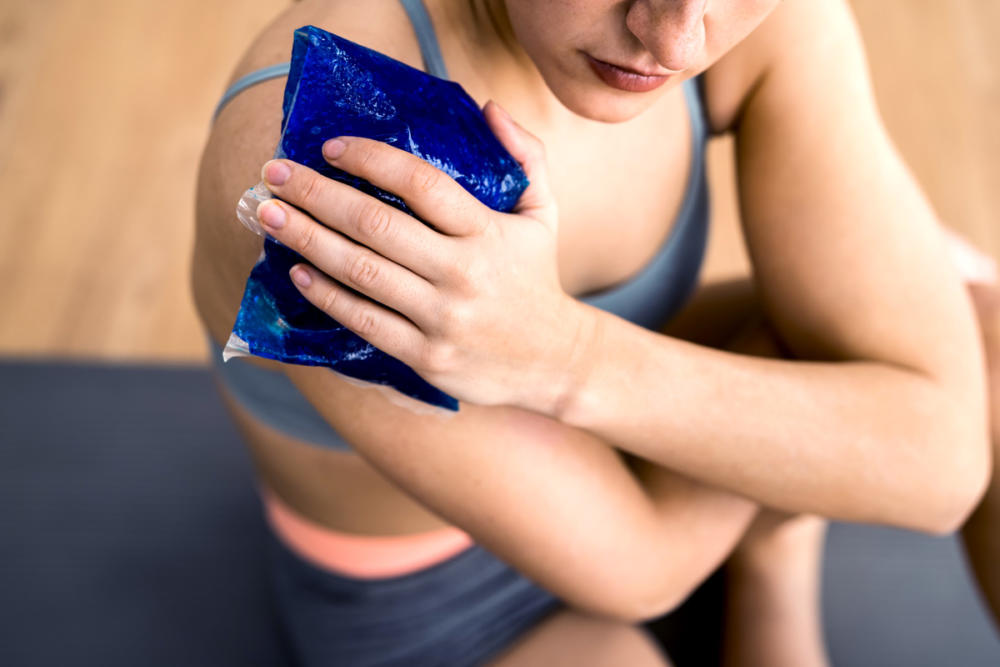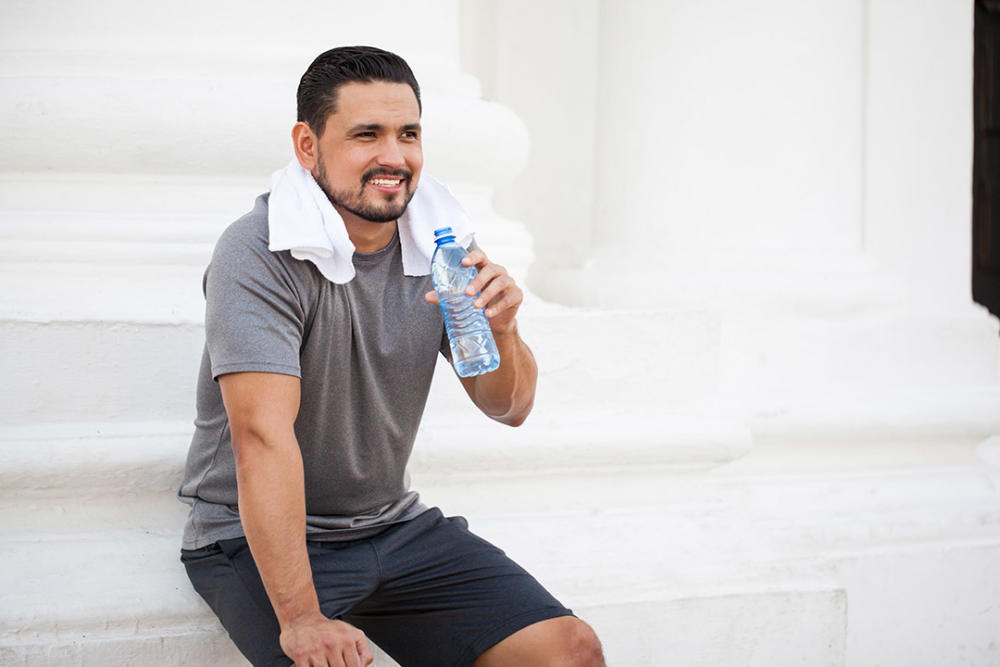In Arizona, residents can enjoy year-round sunshine and dry heat, also known as perfect golfing weather. During our winter months, we see a significant influx of travelers escaping the snowstorms in their home states. Golfing is one of the most popular forms of exercise for this population as it helps them stay fit and active while at the same time enjoying this desert climate. With these residents migrating to Arizona, physical therapists often see more patients with golf injuries due to the physical demands on the body of hundreds of swings per round. Jack Nicklaus once said, “Professional golfers’ condition to play golf; amateur golfers play golf to condition.” This statement is the epitome of what leads to golf injuries that physical therapists treat daily.
Common Golf Injuries
The most common injuries in amateur golfers are low back, shoulder, elbow/wrist, and lower extremity-related injuries. With each golf swing, the body undergoes a unique combination of compressive, shear, rotational, and lateral bending forces, especially on the vertebrae. Below are the most common injuries experienced by the average everyday golfer.
1. Tendinitis in the Wrists
Amateur golfers tend to lack strength in the wrist, which leads their club to impact the back of the lead wrist and creates overload. This overload leads to hitting the ground and flattening the wrist angle, which stresses the wrist extensors at the dorsal aspect and, in turn, causes tendinitis after several repetitions or swings.
2. Golfer’s Elbow or Tennis Elbow
Medial epicondylitis, or “golfer’s elbow,” is one of the most common elbow injuries for golfers, along with tennis elbow. Golfer’s elbow is an inflammation of the tendons that attach your forearm and wrist musculature to the inside of your elbow. These muscles and tendons can become damaged from overuse which is common in golf.
3. Rotator Cuff
The rotator cuff is one of the most at-risk muscular structures at risk for injury while golfing, along with labral tears. These injuries can be traced to the backswing and torque required for each swing. Golfers can tend to keep the lead arm tight against their chest as they swing, causing possible tearing of the posterior labrum.
4. Knee
With each swing, the inside of the lead knee absorbs tremendous torque and compression. Many golfers square the lead foot and lock the knee, which internally rotates the position causing an increased shearing force on the knee joint. This stress can cause meniscal tears and an increase in arthritis within the joint.
5. Lower Back
A strained lower back is the most common golf injury and is most likely to end a patient’s golf career. Many golfers attempt to produce power by rotating the pelvis through each swing. This creates torque between the pelvis and the lumbar spine. Each swing pulls on the ligaments, tendons, and muscles of the lumbar spine. The shearing forces on the spine can cause intervertebral discs to degenerate quicker, reduce the space, and lead to degenerative disc disease.
These injuries are common among golfers, but as physical therapists, we can provide the tools to rehab patients and provide the proper techniques and training to prevent future injuries on the golf course. As physical therapists, we are trained to detect any abnormalities in functional mechanics of gait and daily activities, and the same techniques can be applied to analyzing golf swing mechanics. By analyzing a patient’s swing, physical therapists can pinpoint causes of pain and weaknesses throughout their swinging motion. If you have been experiencing any pain while golfing or have any nagging injuries, Foothills Sports Medicine can help with your pain management.
Find a Foothills Sports Medicine & Physical Therapy clinic near you. Our physical therapists will evaluate your symptoms and analyze your swing to determine the appropriate treatment plan to get your back on the golf course pain-free!




